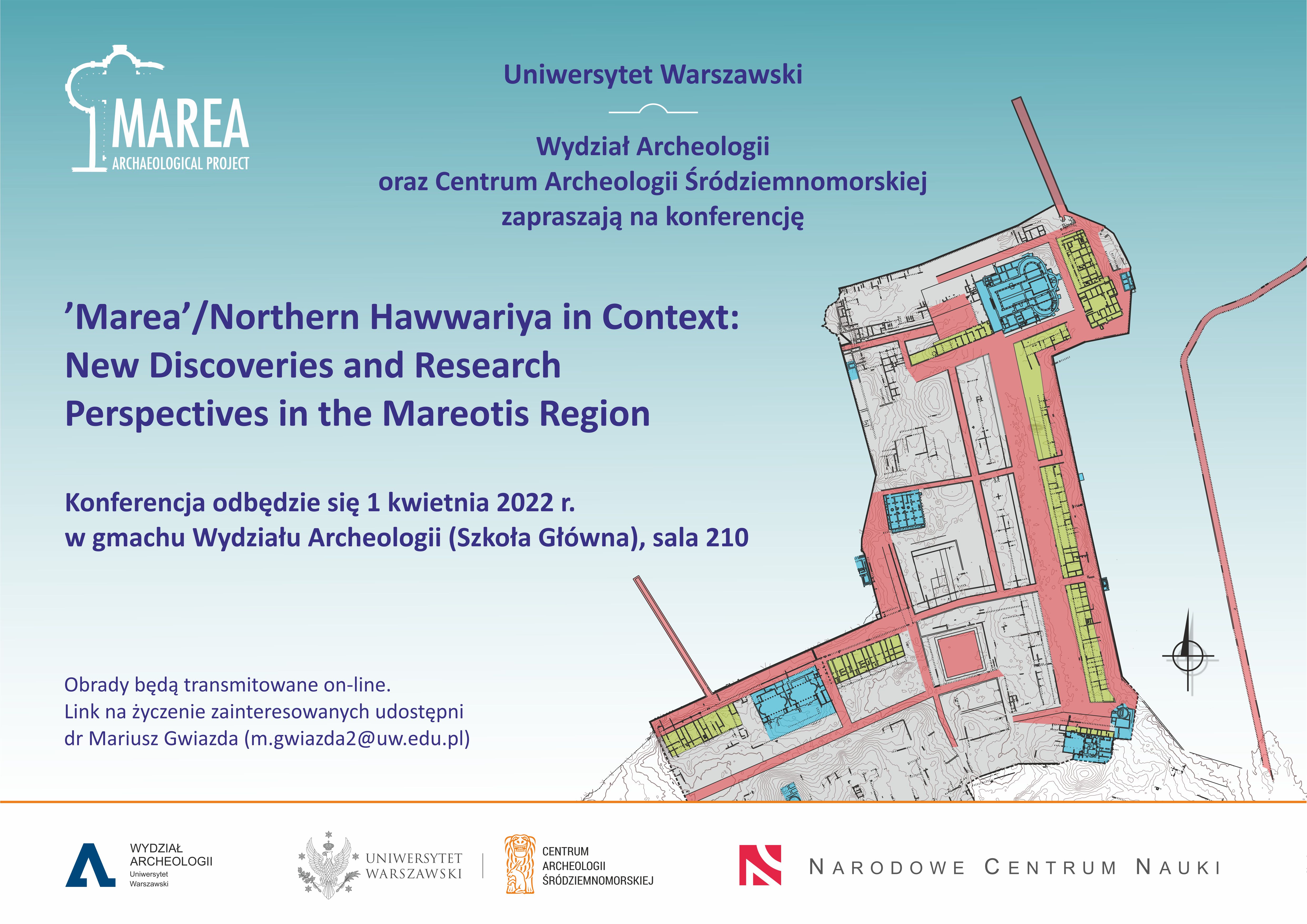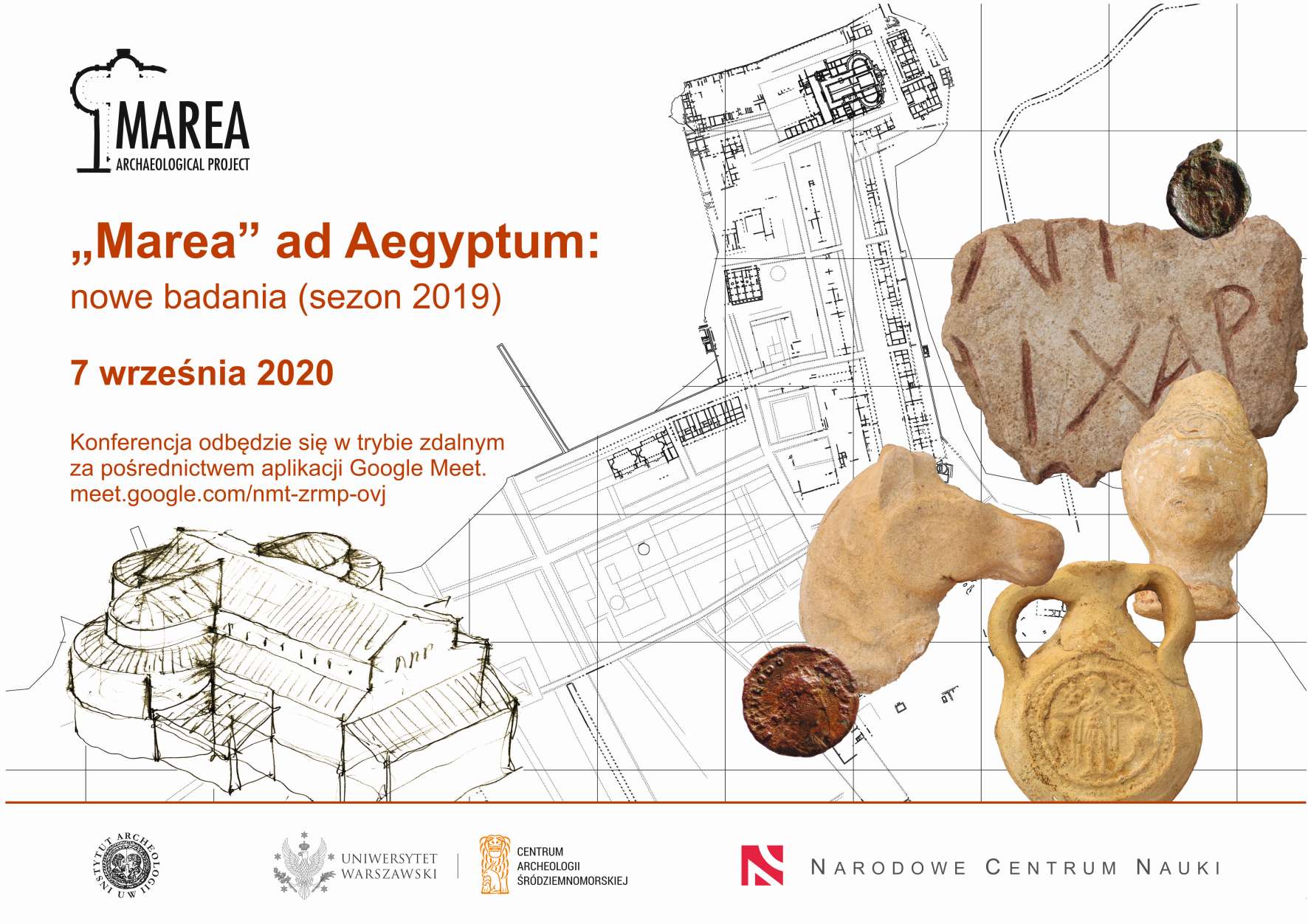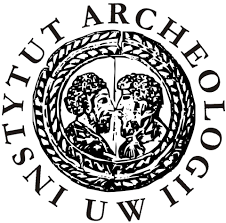We use information saved using cookies to ensure maximum convenience in using our website. If you do not agree, you can change cookie settings in your browser.
On the southern shore of Lake Mariout, 45 kilometres west of Alexandria, Polish archaeologists have been
excavating for several years the ruins of a large Byzantine city. The city, patiently uncovered structure after
structure, was built exactly on the spot of an industrial centre and a harbour which functioned until the third
century AD. Traditionally, the place was called Marea, following its (uncertain) identification with the most
important urban centre in this part of the Mediterranean before the foundation of Alexandria of which we learn
from Herodotus and Thucydides.
A great transept basilica built in the end of the fifth century, the second largest church in Egypt (49 x 47 m),
is the most magnificent building on the site. Next to the basilica, the archaeologists uncovered two bath
complexes, a large house dating to the Late Antique period, warehouses, and latrines. Four massive piers (the
longest measuring over 120 metres) extending deep into the lake date to the Roman period; they could serve several
ships simultaneously. We know that large production workshops manufacturing pottery on a mass scale, as well as
glass workshops, were located nearby. The apse of the basilica was constructed right on a pottery kiln which with
its diameter of more than eight metres is one of the largest in Egypt. The kiln was used until the beginning of
the third century AD, as indicated by the chronology of the last batch of amphorae prepared for firing which was
found under the apse.
Our neighbours on the site, archaeologists from France, have discovered on the peninsula a warehouse building
functionally connected with the harbour. This structure was in use in the Ptolemaic and Early Roman periods. The
remains, dated to the first century BC – beginning of the third century AD point to an intensive industrial
exploitation of the area. We are in a region that produced wine on a great scale and exported it in amphorae which
were also locally manufactured. The size of the kiln, the proportions of the warehouse, and the sweeping scale of
the piers’ construction show that “Marea” was at the same time a remarkable industrial centre and a significant
harbour.









